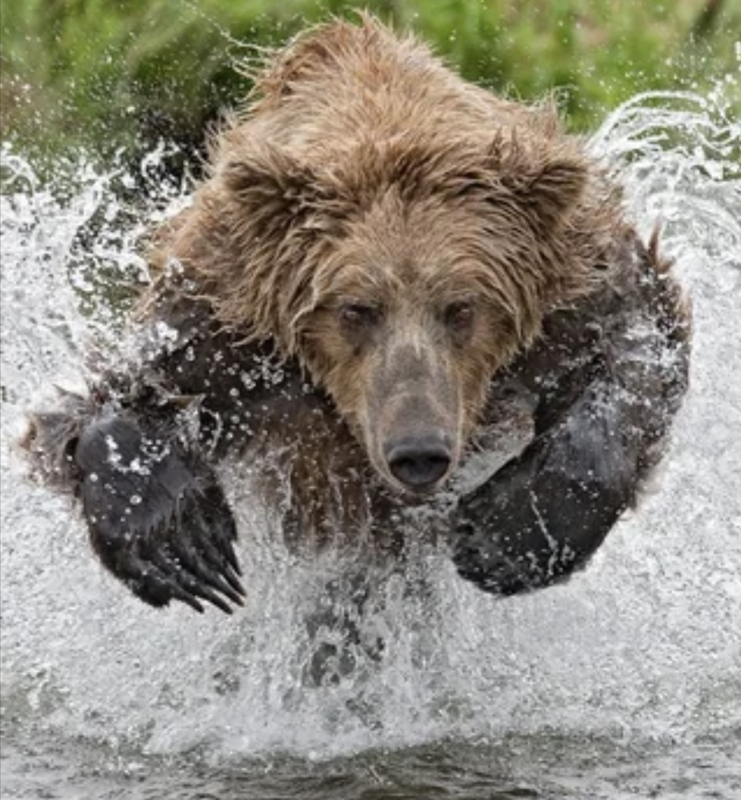This fellow is probably hoping you have a digital scope in need of a software upgrade or a dead battery about to quit. He is also probably thinking of how tasty and crunchy you might be.

Of course, electronic optics are being used in combat. But the refresh rate, that bear is moving really fast and needs a pretty good and precise hit even with a .45-70 or more. Optical scopes refresh at my brain speed, slow as that is, digital scopes blur and drag and lag. All I have seen do anyways. I would not want to hit where he was, I would want to hit where he will be and exactly where I would need to, Lord forbid.

Of course, electronic optics are being used in combat. But the refresh rate, that bear is moving really fast and needs a pretty good and precise hit even with a .45-70 or more. Optical scopes refresh at my brain speed, slow as that is, digital scopes blur and drag and lag. All I have seen do anyways. I would not want to hit where he was, I would want to hit where he will be and exactly where I would need to, Lord forbid.
Upvote 0

